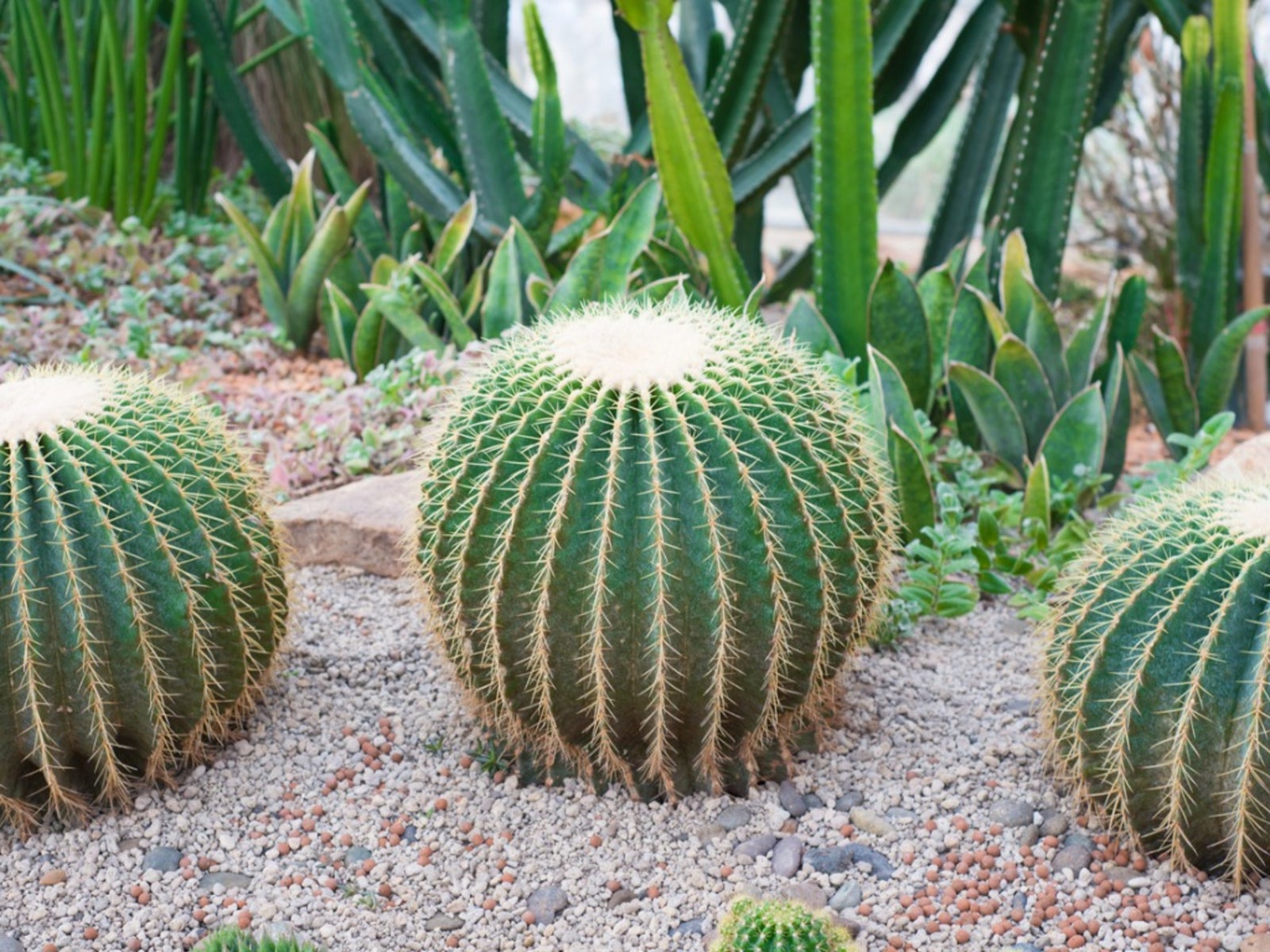Pythium Root Rot Treatment – Identifying Pythium Rot In Barrel Cactus


One of the trickier diseases of cacti is pythium rot. It most commonly affects barrel cacti and can be difficult to detect before it is too late to save the cactus. Pythium rot symptoms start at the soil level and generally begin in the roots. This makes it one of the hardest diseases of barrel cactus to diagnose, as most of the damage is underground. To add insult to injury, the soil is the host of the pathogen. If the soil is infected, the plant will certainly become ill. There are no effective methods of control of pythium rot, but some prevention can be undertaken.
What is Pythium Rot in Barrel Cactus?
Pythium is an internal soft rot that affects cacti and many other types of plants. In barrel cactus, it occurs when conditions are moist, when the plant is too deep in the soil, and when the cactus sustains an injury. For this reason, clean sterile soil and proper planting methods must be observed to prevent the pathogen from invading your cactus. Once the plant has the disease, there is no effective pythium root rot treatment. The cactus is best removed and destroyed. There are, however, preventative treatments for susceptible species. The disease stems from a soil-borne fungus-like organism. Once the roots are contaminated, the disease works its way up the cambium of the cactus and eventually will infect the entire plant. Once this happens, there is nothing to be done and the plant must be discarded. There are several common species of Pythium, each with favorite plant targets. While the disease is rarely found in commercial soil, it is easy to introduce through contaminated tools, old, dirty pots, and from animal activities. Even the use of dirty garden gloves can pass the pathogen into fresh, sterile soil.
Pythium Rot Symptoms
Pythium disease is almost impossible to detect until it is too late. This is because it starts in the soil at the plant's roots. If you were to remove the plant, you could see that roots are mushy, discolored, and rotten. Pythium rot in barrel cacti will also produce brown lesions on the roots. Once this occurs, the plant cannot uptake adequate nutrition and the whole core begins to die. The disease progresses upward, developing soft spots and decay as the whole stem turns yellow. If you watch the base of the plant for yellowing at the soil line, you might still be able to save it. Once the stem becomes squishy, however, the cactus is a lost cause. Pythium rot in barrel cacti is usually fatal.
Pythium Root Rot Treatment
Of all the diseases of barrel cactus, this is a particularly insidious variety. Since there are no adequate methods of control of pythium rot, the best defense is prevention. Avoid burying the plant in soil to the fleshy part of the stem. If the plant gets wounded at the soil line, keep water off the area and let it callus over. Preventative treatments can be applied by professionals to valuable specimens. These include mefanoxam and phosphytl-Al. Such treatments can be costly and are spotty in their effectiveness. Plants in containers should have only sterile soil and all tools need to be cleaned before using them with the cactus. With a little care and some luck, you can prevent a barrel cactus from ever getting infected and possibly losing this beautiful plant.
Sign up for the Gardening Know How newsletter today and receive a free copy of our e-book "How to Grow Delicious Tomatoes".

Bonnie Grant is a professional landscaper with a Certification in Urban Gardening. She has been gardening and writing for 15 years. A former professional chef, she has a passion for edible landscaping.